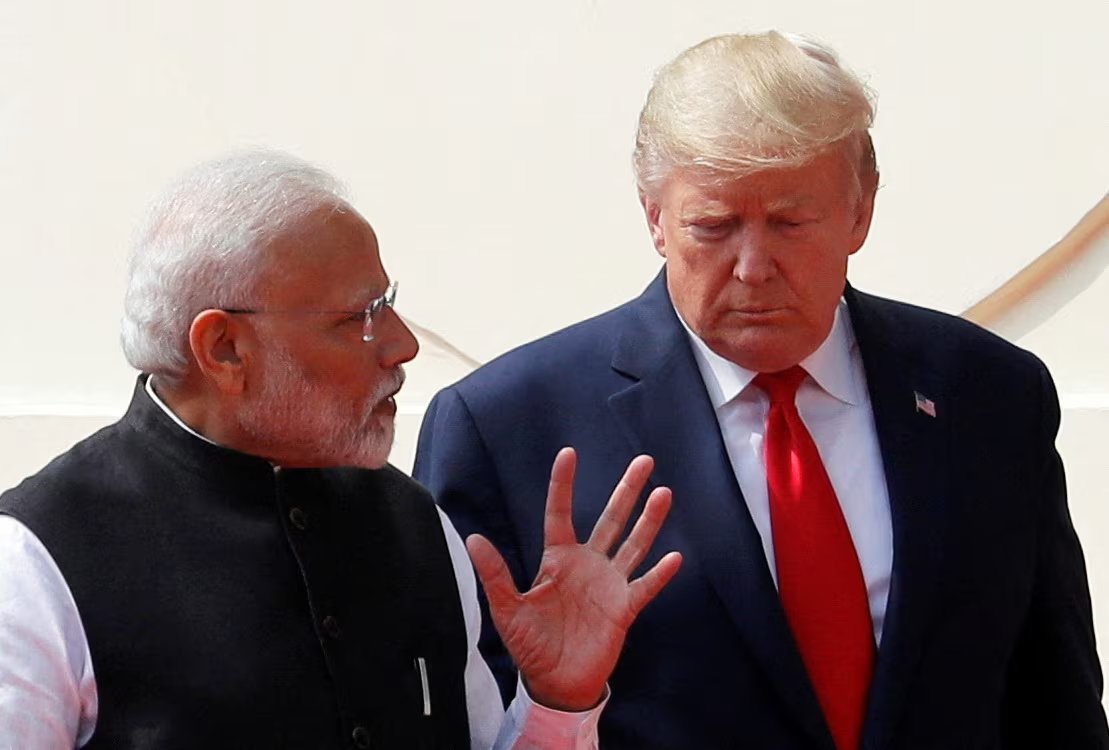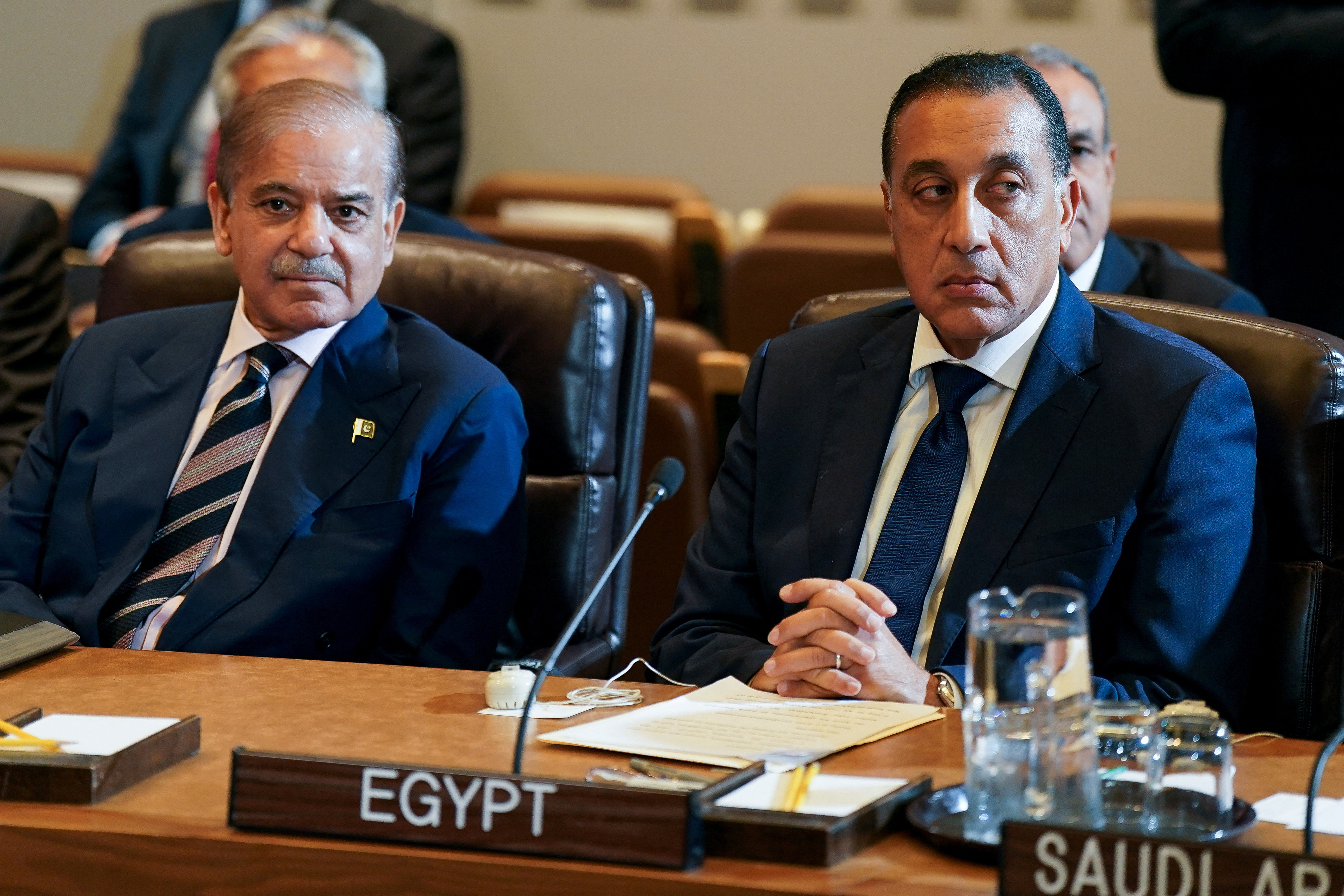LEH: The remote high-altitude desert region of Indian-occupied Ladakh has been in turmoil since four people were killed in violent protests demanding greater political autonomy for the Himalayan territory.
Growing resentment with New Delhi's direct rule over the territory, and fears of losing livelihoods, boiled over on Wednesday as crowds took to the streets in the main city, Leh, torching a police vehicle and the offices of Prime Minister Narendra Modi's Hindu-nationalist Bharatiya Janata Party (BJP).
Initially, police said five people had died, but later revised the toll to four.
The sparsely populated region, home to 300,000 people, borders both China and Pakistan and is a strategic enclave for India. Around half of Ladakh's residents are Muslim, and about 40 percent are Buddhist.
Why are people protesting?
Modi's government split Ladakh off from Indian-occupied Kashmir in 2019, imposing direct rule on both after cancelling the region's partial autonomy.
Since then, resentment has been growing in Ladakh over Delhi's rule, with concerns about losing traditional livelihoods, land rights, and cultural identity.
Residents say the end of semi-autonomy stripped them of protections over land, jobs, and resources.
Development decisions are made in Delhi and implemented by officials sent from outside, leaving the local elected council sidelined.
"All the protections we had within [occupied] Jammu and Kashmir were all gone," lawyer Mustafa Haji told AFP.
Who is leading the demonstrations?
The Apex Body Leh, led by veteran leader Chering Dorjay, has become the main voice of the protesters.
"We have been used like slaves," Dorjay, 77, said, vowing to continue the struggle in the days to come.
Wednesday's demonstrations were also organised in solidarity with prominent activist Sonam Wangchuk, who had been on hunger strike for two weeks.
New Delhi blamed the unrest on "provocative speeches" by Wangchuk, who was detained by police on Friday.
On Saturday, Ladakh’s Congress unit criticized the BJP-led government for detaining Wangchuk, warning that silencing him would only intensify the ongoing agitation in the Union Territory.
What are the core demands?
The protesters are demanding the protection of land rights and the stoppage of outsiders from buying property in Ladakh.
They also seek constitutional autonomy under the "Sixth Schedule" of India's Constitution, which would enable a local legislature to enact laws on land use and employment.
Constitutional protections sought by Ladakhis may seem far off, but sustained negotiations with New Delhi have yielded some "small victories", Dorjay said.
The government has already reserved 85% of jobs for locals and frozen the acquisition of domicile status for Indians from outside Ladakh until 2036.
But Dorjay says, "There is a long way to go."
Why is land a sensitive issue?
The government has announced large-scale solar projects and industrial plans in Ladakh that require thousands of acres of land.
Locals fear that this will endanger grazing grounds critical for pashmina goat herding, which are already under pressure from climate change and military buffer zones established with China.
"The danger to this centuries-old livelihood, undermining the lives of thousands of pashmina goat herders, is another issue now," Dorjay said.
Ladakh is heavily militarized, with Indian troops guarding its disputed borders with Pakistan and China.
Tensions soared after deadly clashes with Chinese forces in 2020, and new buffer zones have further reduced land available to herders.
"A situation where you don't have any protection for your land and identity is not a happy one," lawyer Haji said.
How do Ladakhis view their relationship with India?
Unlike in Kashmir, where opposition to Indian rule runs deep, Ladakhis have historically aligned with India, backing its troops in past conflicts with Pakistan and China.
But many now say they feel betrayed.
"For 70 years, we have helped protect India's borders," Haji told AFP.
"Now we want ourselves to be protected."
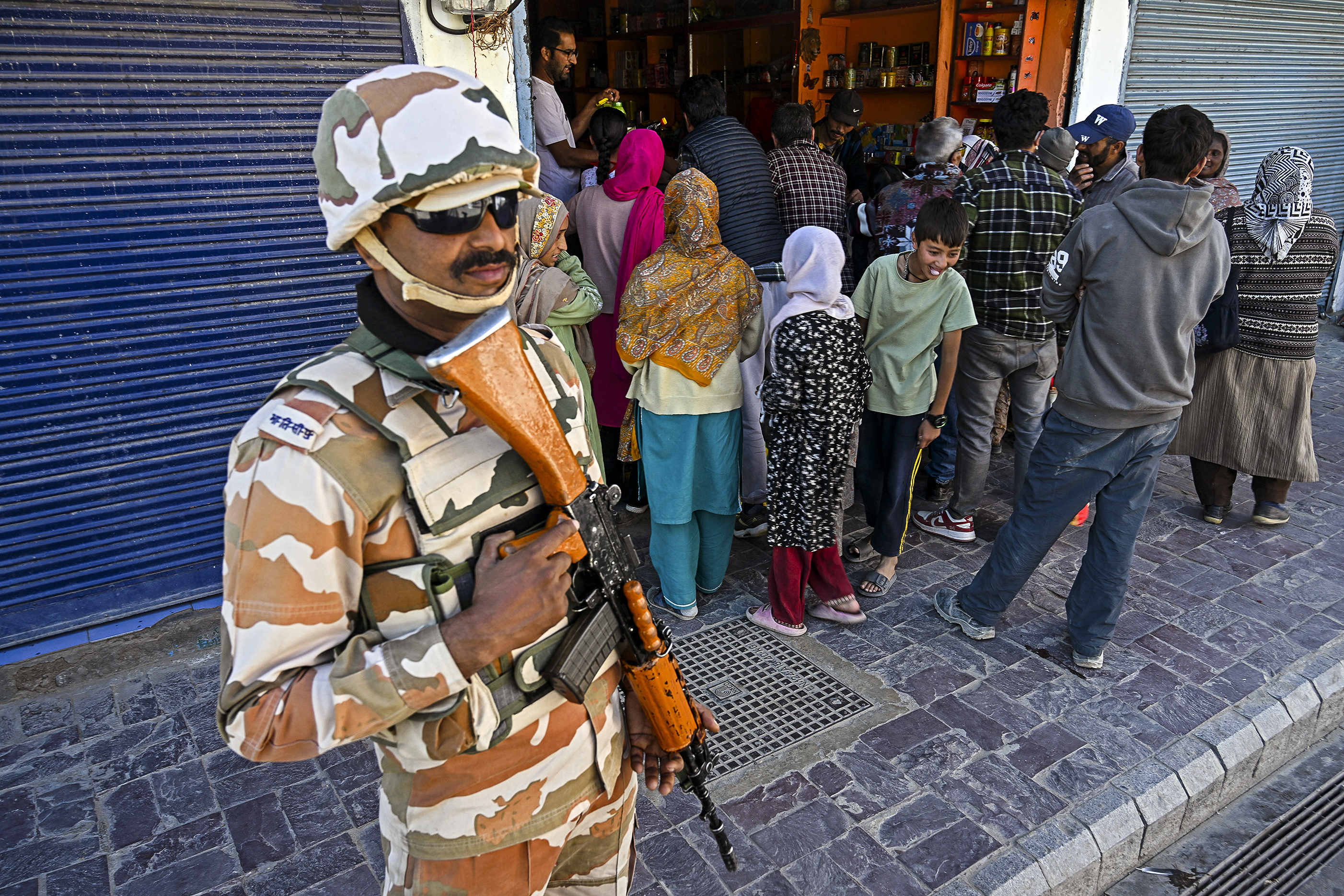
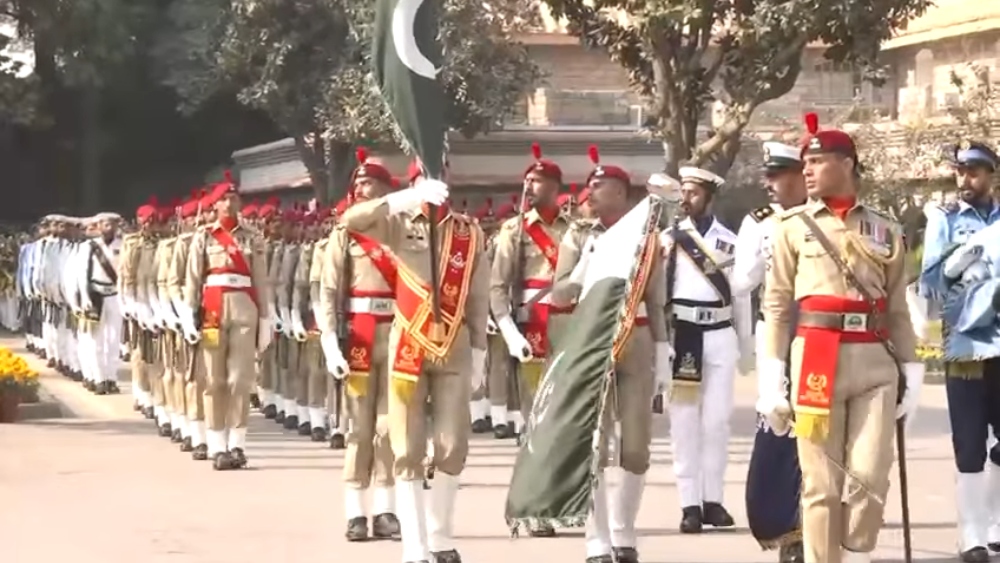
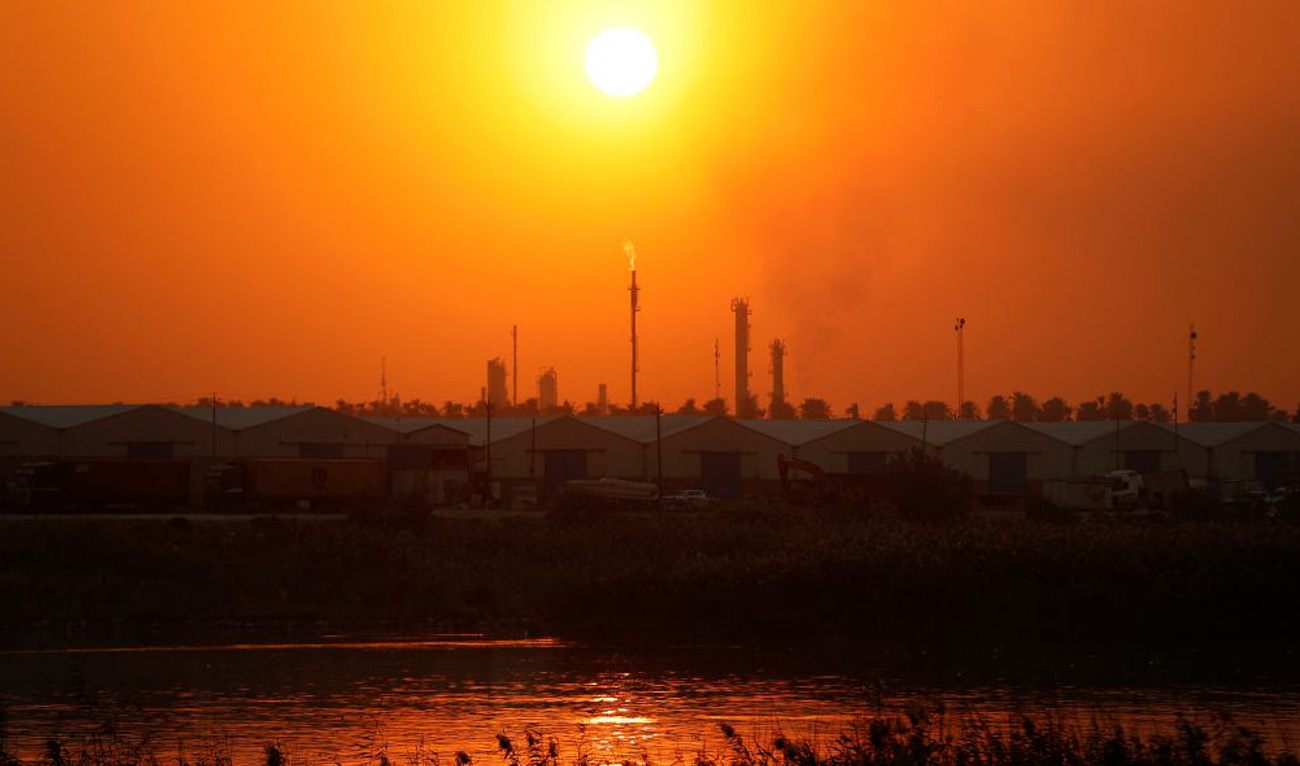
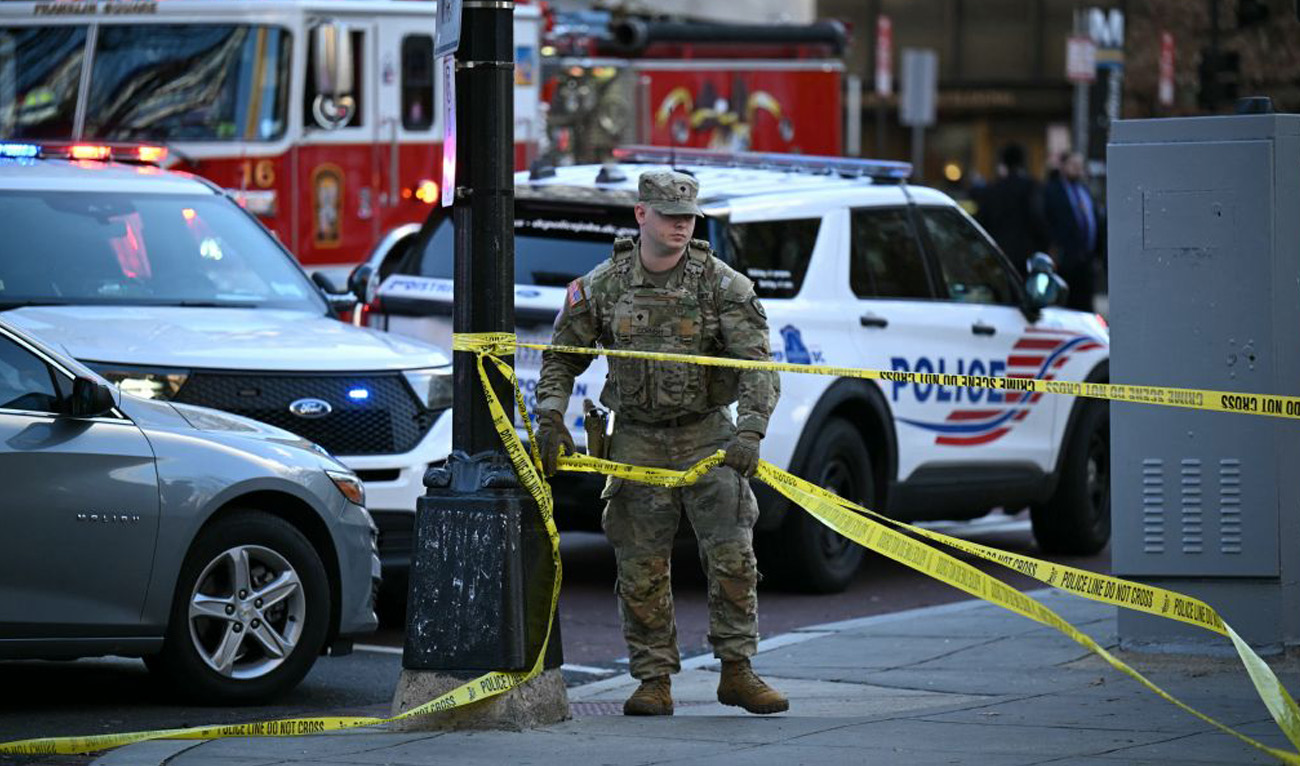
.jpg)


